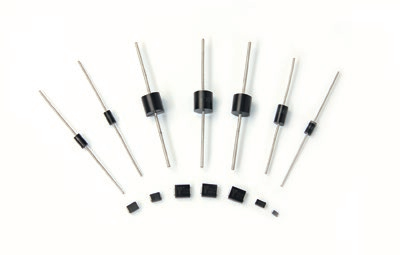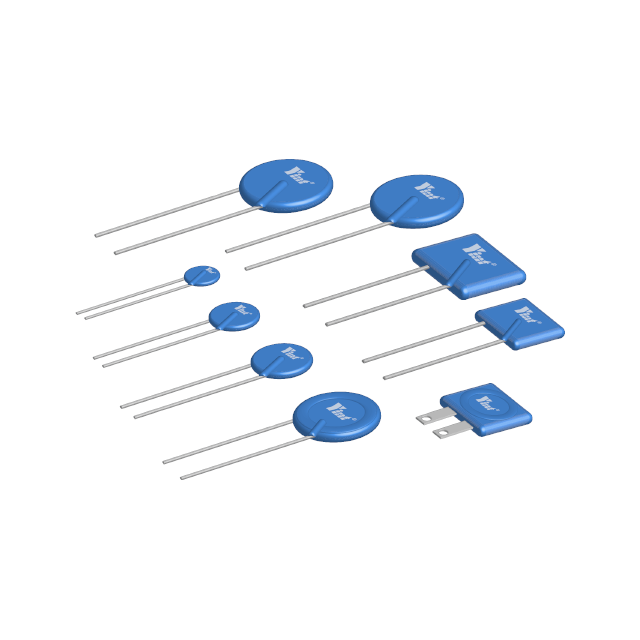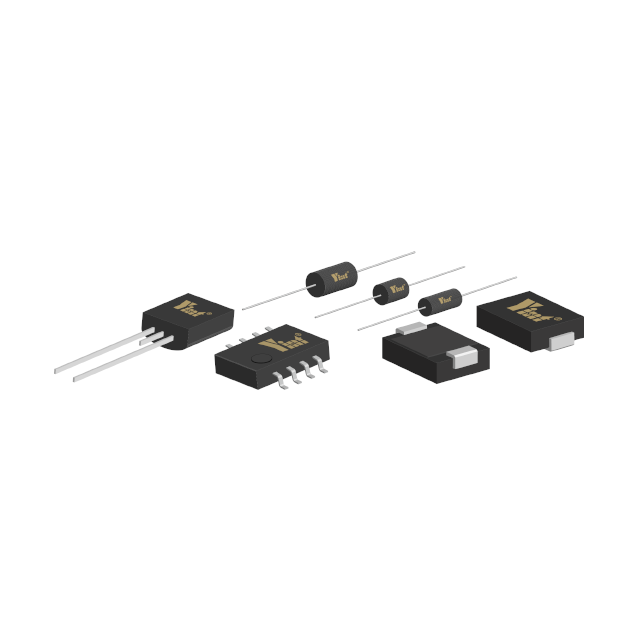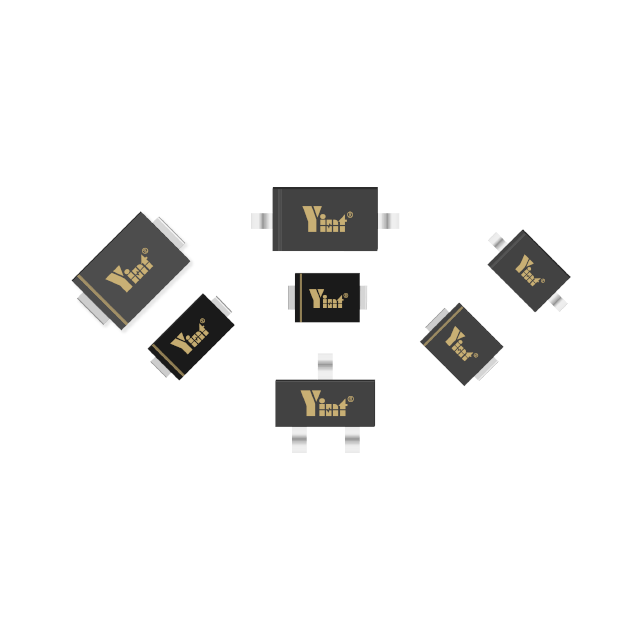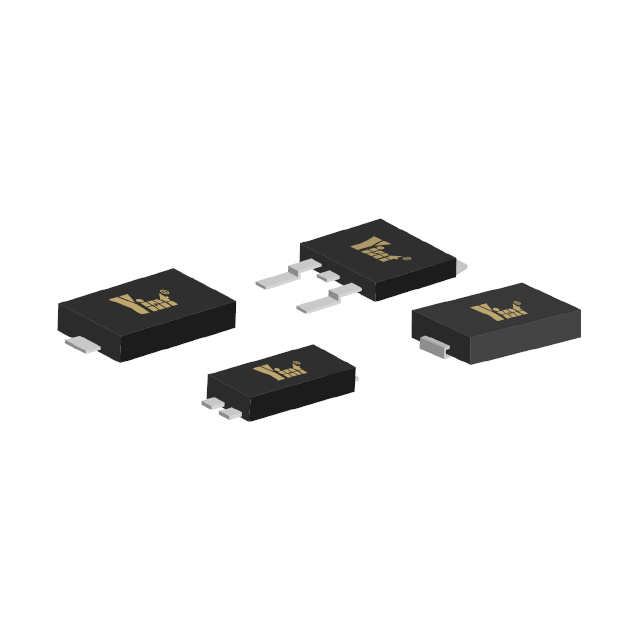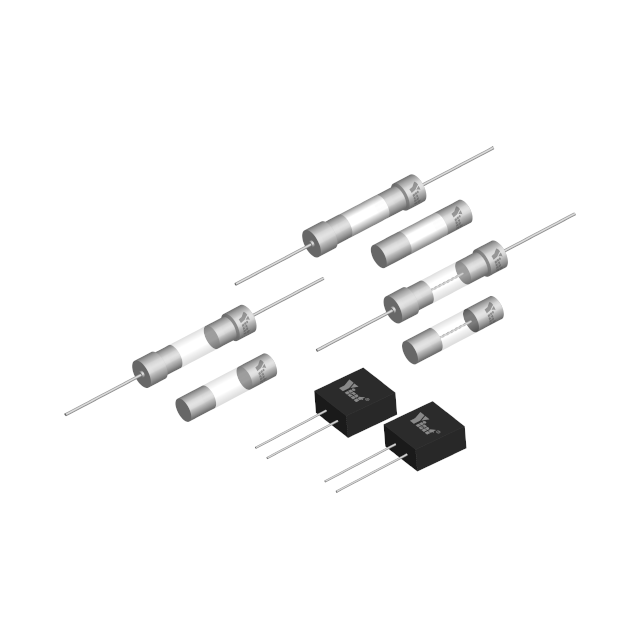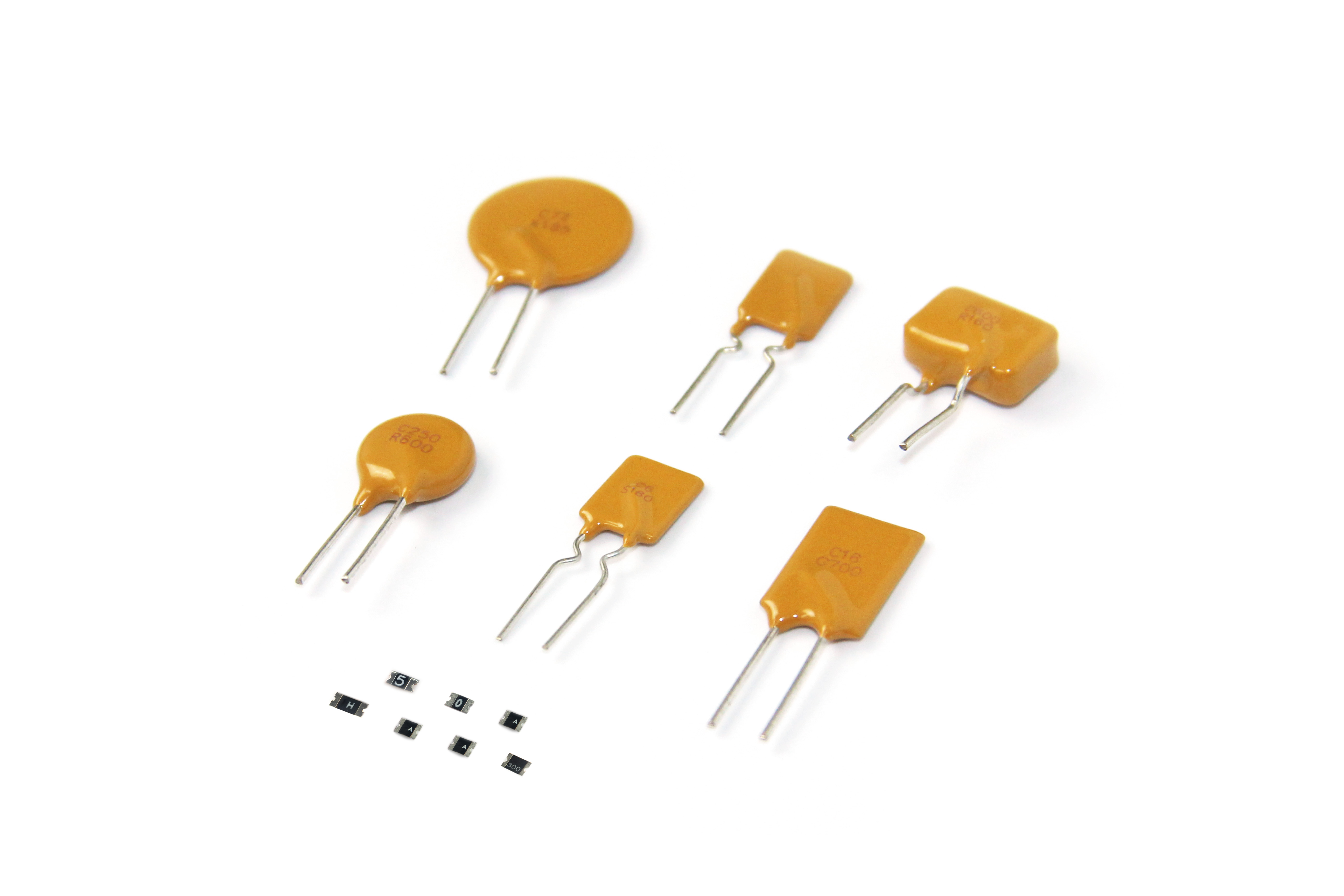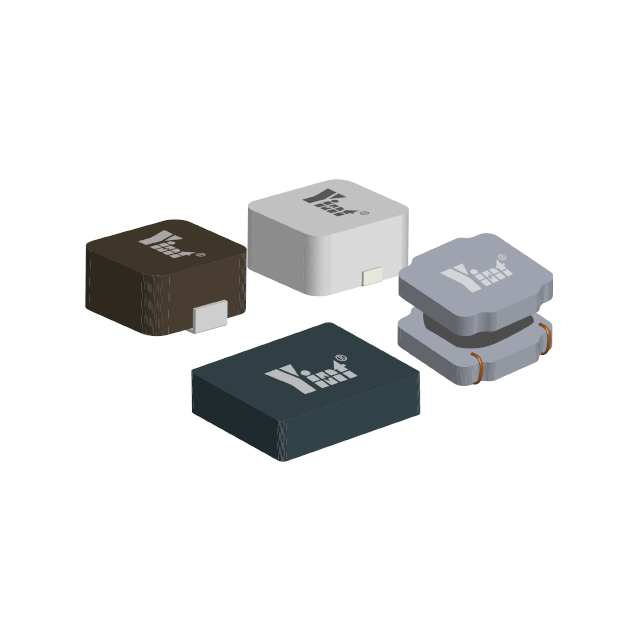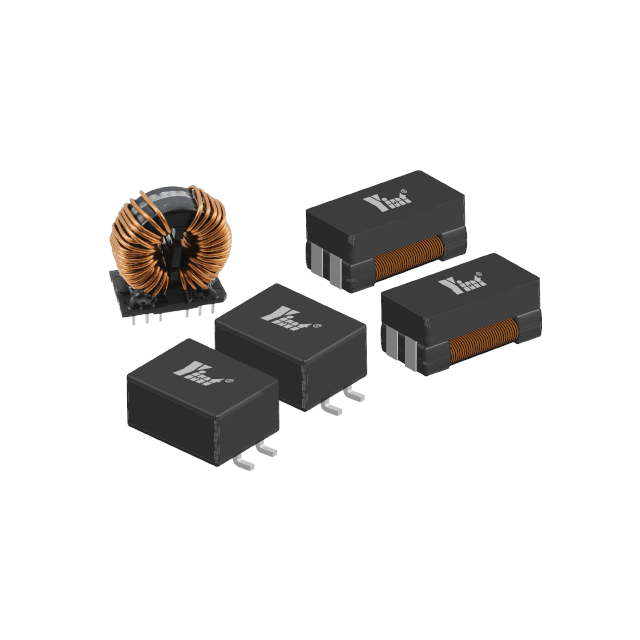In an era where electronic devices are ubiquitous, the need for robust protective measures against environmental threats has never been greater. One significant threat to electronic circuits is electrostatic discharge (ESD), which can cause irreversible damage to sensitive components. ESD protection diodes are essential tools in the arsenal of engineers and designers, providing crucial safeguards against these potentially harmful voltage spikes. This article delves into the intricacies of ESD protection diodes, exploring their functions, types, applications, and the ultimate importance of integrating them into electronic designs.
What Are ESD Protection Diodes?
ESD protection diodes are specialized devices engineered to protect electronic components from the transient voltage spikes caused by electrostatic discharge. These diodes act as a safeguard, diverting excessive current away from sensitive circuits to prevent damage. Commonly found in consumer electronics, automotive systems, telecommunications, and industrial applications, ESD protection diodes are indispensable in maintaining device integrity.
The Mechanism of ESD Protection Diodes
Understanding how ESD protection diodes work is crucial for recognizing their value in electronic design. When an ESD event occurs, it generates a brief surge of voltage and current that can exceed the safe operating limits of components. Here’s how ESD protection diodes function:
1. Clamping Action: Upon experiencing an overvoltage condition, the ESD protection diode enters a forward-biased state. This clamping action limits the voltage to a safe level, effectively preventing it from exceeding the maximum rating of sensitive components.
2. Reverse Biasing: In normal operating conditions, the diode remains reverse-biased. This allows signals to pass without interference, activating only during an ESD event.
3. Fast Response Time: ESD protection diodes are designed for rapid response, typically within nanoseconds. This speed is critical to minimizing the duration of voltage spikes, thus protecting electronic components from damage.
Types of ESD Protection Diodes
Different types of ESD protection diodes serve various applications. Here are some common types:
1. Transil Diodes: Also known as Transient Voltage Suppressors (TVS), these diodes exhibit a fast response time and can absorb high-energy transients. They are often used in communication interfaces and data lines.
2. Zener Diodes: Traditionally used for voltage regulation, Zener diodes can also clamp overvoltage transients effectively, serving as ESD protection.
3. Integrated Protection Devices: Manufacturers often provide integrated circuits that combine ESD protection with additional functionalities, such as signal conditioning or voltage regulation.
4. Low Capacitance Diodes: These are essential for high-speed data applications, minimizing signal distortion while providing ESD protection.
Components of ESD Protection Diodes
· Semiconductor Material: Typically made from silicon, these materials are chosen for their ability to conduct electricity and respond quickly to voltage changes.
· Clamping Mechanism: This is the core function of the diode, which allows it to limit voltage spikes by redirecting excess current away from sensitive components.
· Terminals: ESD protection diodes have at least two terminals (anode and cathode) for connecting to the circuit. These terminals facilitate the flow of current during normal operation and in ESD events.
· Low Capacitance: Many ESD protection diodes are designed with low capacitance to minimize signal distortion, making them suitable for high-speed data applications.
· Peak Pulse Power Rating: This specification indicates the maximum power the diode can absorb during an ESD event without being damaged, ensuring reliability.
· Response Time: A crucial characteristic, the response time determines how quickly the diode reacts to an ESD event, typically in nanoseconds.
· Packaging: ESD protection diodes come in various package types (e.g., SMD, through-hole) to fit different circuit designs and applications.
· Temperature Stability: Good ESD protection diodes are stable across a range of operating temperatures, ensuring consistent performance.
Importance of ESD Protection
The significance of ESD protection is underscored by the potential consequences of inadequate measures:
1. Device Failure: A single ESD event can lead to catastrophic failure in electronic components, necessitating expensive repairs or replacements.
2. Data Loss: ESD can corrupt data or disrupt communication in devices that store or transmit information, leading to operational issues and potential data breaches.
3. Increased Costs: The financial burden of repairing or replacing damaged devices can be substantial. Implementing ESD protection helps minimize these costs.
4. Regulatory Compliance: Many industries have stringent regulations regarding ESD protection. Adhering to these standards is crucial for compliance and maintaining market credibility.
Selecting the Right ESD Protection Diode
Choosing the appropriate ESD protection diode is vital for effective safeguarding. Consider the following factors:
1. Clamping Voltage: Select a diode with a clamping voltage lower than the maximum voltage rating of the component being protected.
2. Peak Pulse Power: Ensure the diode can handle the peak pulse power expected during ESD events.
3. Capacitance: For high-speed data applications, low capacitance is preferable to minimize signal distortion.
4. Number of Channels: Depending on the application, choose a diode that can accommodate the required number of channels.
5. Compliance Standards: Verify that the chosen diode meets industry-specific ESD compliance standards, such as IEC 61000-4-2.
Real-World Examples of ESD Protection Diodes in Action
To illustrate the practical applications of ESD protection diodes, consider the following scenarios:
1. Smartphone Design: In smartphone design, engineers integrate low-capacitance ESD protection diodes into data lines and charging ports. This protects delicate components like processors and memory chips from potential damage caused by static electricity during user interaction.
2. Automotive Systems: In vehicles, ESD protection diodes are deployed in infotainment systems and sensors. They shield sensitive circuits from ESD events triggered by passengers entering and exiting the vehicle, thus ensuring the reliability of electronic systems.
3. Industrial Control Systems: Industrial equipment often operates in environments where ESD is prevalent. Incorporating ESD protection diodes in control systems helps prevent disruptions in operation, leading to more efficient manufacturing processes.
The Future of ESD Protection Diodes
As technology advances, the role of ESD protection diodes will continue to evolve. The increasing complexity of electronic devices, particularly in areas like IoT (Internet of Things), robotics, and artificial intelligence, necessitates more sophisticated protection measures. Future trends may include:
1. Miniaturization: As devices become smaller, ESD protection diodes will need to be more compact while maintaining performance.
2. Integration: There is a growing trend towards integrating ESD protection within other semiconductor devices, improving efficiency and simplifying design.
3. Enhanced Performance: Ongoing research may lead to the development of diodes with faster response times and higher energy absorption capabilities, further safeguarding sensitive components.
Conclusion
ESD protection diodes are indispensable in the modern electronic landscape, providing essential safeguards against the damaging effects of electrostatic discharge. Their ability to clamp voltage spikes and protect sensitive components ensures the longevity and reliability of electronic devices across various applications. As technology continues to evolve, understanding and implementing effective ESD protection measures will be crucial for manufacturers and engineers alike.
Incorporating ESD protection into electronic designs is not merely a technical necessity; it represents a commitment to quality, reliability, and safety in an increasingly electronic world. By recognizing the importance of ESD protection diodes and integrating them thoughtfully into designs, stakeholders can protect their products and maintain customer trust, ultimately fostering innovation in an ever-expanding digital landscape.

